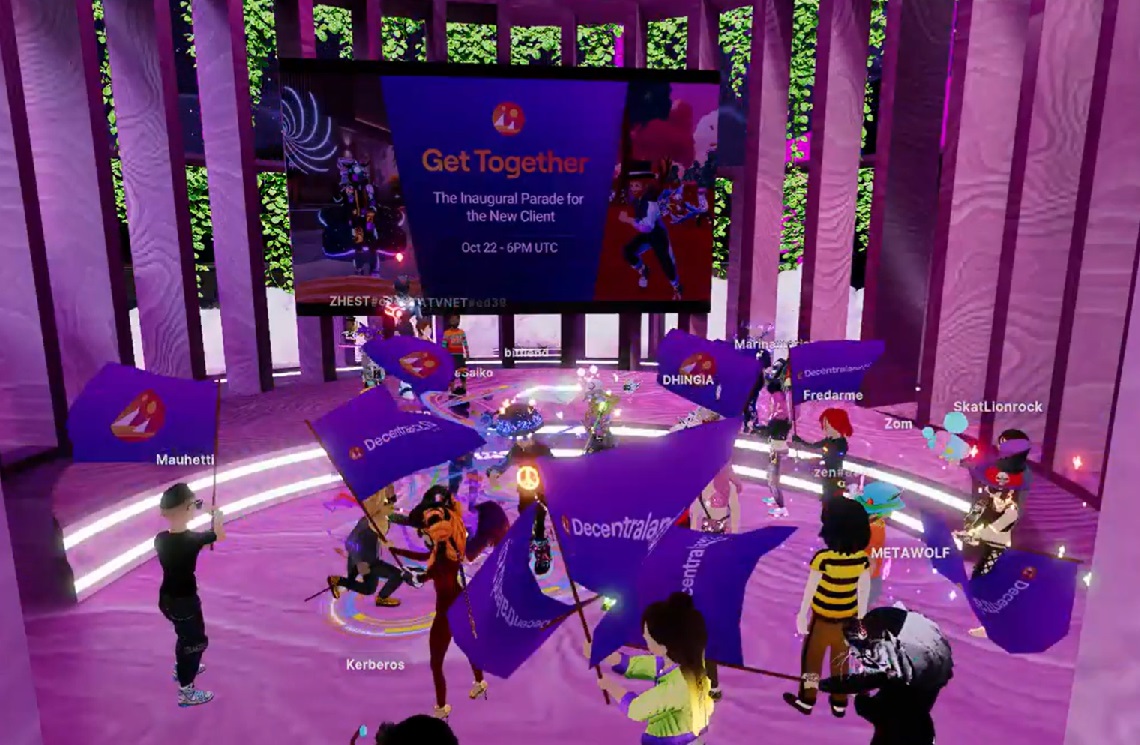
Marketing Opportunities For Brands In The Metaverse
The metaverse is a one-of-a-kind, interactive virtual experience that’s gradually engulfing the internet. If you haven’t been living under a rock for the last year, you’ll probably have a vague idea about what the metaverse is about. However, for this blog, let’s assume that you don’t.
Here’s how Mark Zuckerberg defines it:
“It is a virtual environment where you can be present with people in a digital space. You can think of it as an embodied internet that you are inside of rather than just looking at.”
In summary, the metaverse is the next stage of the internet’s evolution. It involves a collaborative virtual world in which virtual avatars represent users. These virtual worlds will keep evolving and expanding due to user actions in the environment where you can communicate with friends, meet up with them virtually, and even get married.
The concept is well-known in the tech industry but now appears to be spreading like wildfire worldwide. Many marketers have begun experimenting with this field and its true extent. Marketers will need to grasp that the metaverse is not just a fad; it’s here to stay and might end up being the next big thing.
Characteristics Of The Metaverse
Individual Autonomy
Users of the metaverse can engage in multiple activities simultaneously. For example, one user could simply sit in the corner while others interact with one another.
Immersive Experience
The metaverse is a fully immersive, 3D social experience. Users can communicate with one another and with the digital environment. It will be an alternate world that persists in real time and doesn’t stop.
Autonomous Universe
The metaverse is an autonomous universe where people can create, own, sell, and invest. Participants can be acknowledged and rewarded for their efforts in these virtual worlds.
Interoperable
In the metaverse, you can transfer assets from one game to another and different platforms are able to collaborate in various ways. The metaverse includes fully functional economic systems based on NFTs (non-fungible tokens) and cryptocurrencies.
User-Driven
Metaverses are so much more than virtual gatherings for users. In this decentralized environment, people can build and explore as they see fit. Participants can produce and share original content with the rest of the community. The fact that users of the metaverse have a say in its construction adds to its appeal.
Advertising In The Metaverse
The metaverse is a fresh concept for marketers that provides an opportunity to develop new strategies and see what works. Marketers must learn to be more adaptable in their methods as they venture into the metaverse.
While older generations might be puzzled about it, millennials are passionate users of several aspects of the metaverse on applications like Roblox, Decentraland, and The Sandbox. Hence, digital marketers should concentrate their efforts on reaching millennials and Gen Z to leverage the metaverse.
Here are a few insights on how best to grow your brand in the metaverse:
Advertising Your Brand In The Metaverse
The transition from digital advertising to metaverse advertising will be similar to that of moving from traditional media like television, radio, and billboards to newer advertising methods, such as social media, search engines, and other mediums. There are countless opportunities for brands to advertise in the metaverse. It signals a shift toward a consumer experience that’s less invasive, more engaging, and more fascinating than what we see with current digital advertising. Advertising is still relatively inexpensive in the metaverse as the industry is very young. Regular advertising won’t cut it; you will need to get inventive and use engagement strategies as the primary KPI.
Branded Virtual Wearables For Avatars
Participants in the metaverse are personified by avatars that inhabit virtual environments. From a marketing standpoint, this allows businesses to offer products in two mediums: the real world and the virtual world, where characters can be equipped with digital sneakers, sweatshirts, or handbags. Brands have tried everything from virtual apparel to NFTs to fashion shows and virtual events over the past few years to find out how best to advertise in the metaverse.
Hosting Interactive Virtual Events
In the post-COVID era, it is easy to envision the demand for virtual meeting venues continuing. The metaverse has no restrictions on what can take place, from family gatherings to concerts to non-profit galas. You might want to consider holding your own virtual events, whether it is through VR technology or using augmented reality. You shouldn’t wait until these kinds of events become mainstream before you jump on board.
NFTs & Collectibles
People enjoy collecting stuff, and the metaverse provides another avenue for them to do so. You could replicate the experience in the metaverse by creating digital assets or limited-edition products that users can only obtain in the metaverse.
Building Services & Real-Estate
Construct marketing campaigns that match whatever your brand offers in the real world. You can create infrastructure, branded characters, or battlegrounds within applications. This allows you to make your brand part of the journey rather than an interruption. One example of this is Gucci’s virtual Gucci Garden, which is based on the real-life Gucci Garden in Florence, Italy.
The Metaverse Is The Future
The metaverse, unlike the internet, won’t take 30 years to reach everybody. Many businesses have already made investments in metaverses. They are betting on it not just for its entertainment value but also for commercial and professional reasons. Taking these early-bird opportunities in the domain can help companies to achieve the visibility they require. Thanks to the imagination and creativity of various brands, experiences have been built that would not be possible in the actual world.
Nothing in the metaverse is off-limits, not even the sky itself! So, remember to think broadly when you consider the best metaverse strategy for your brand.


